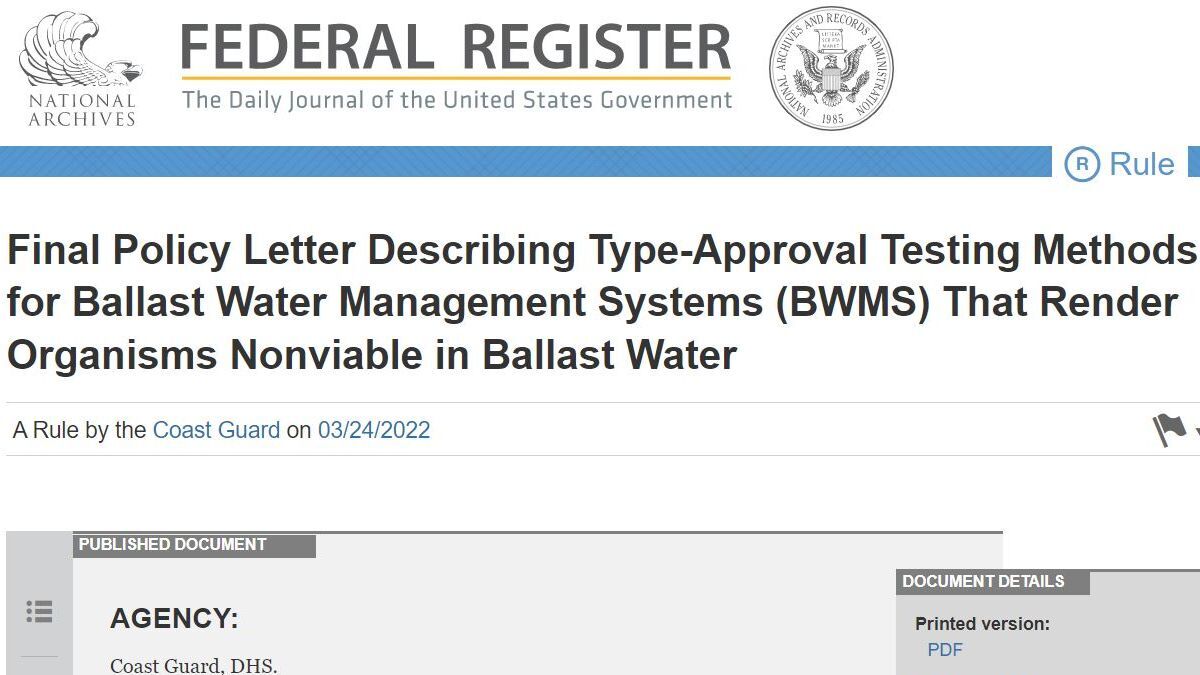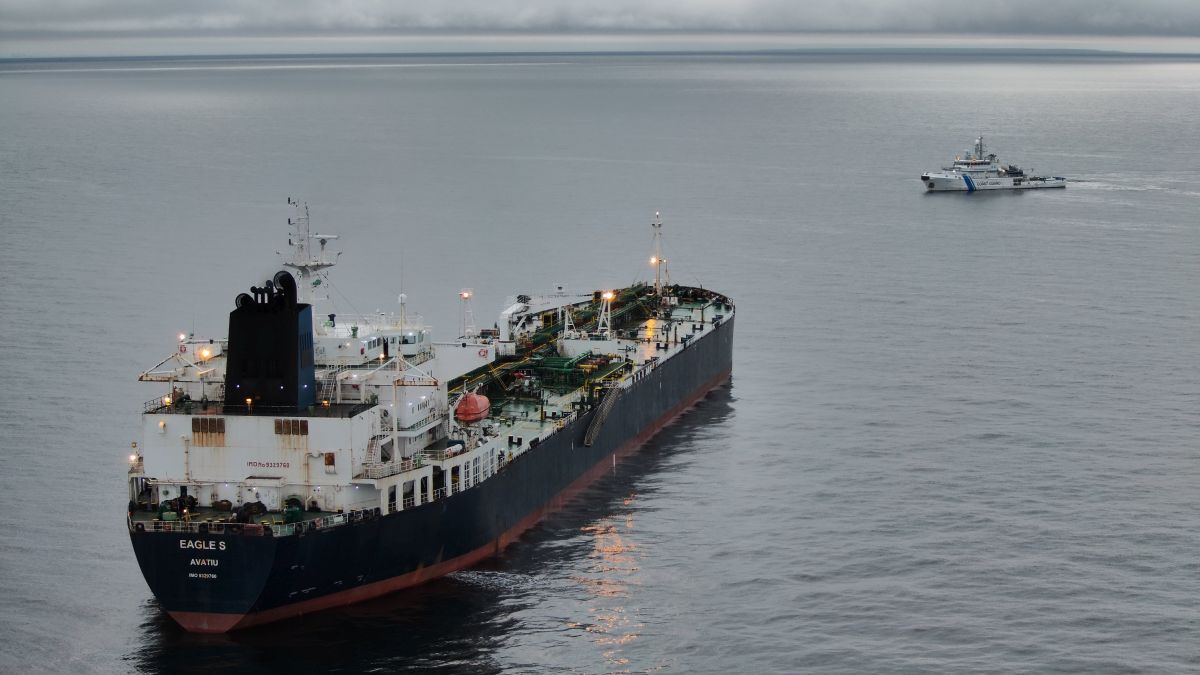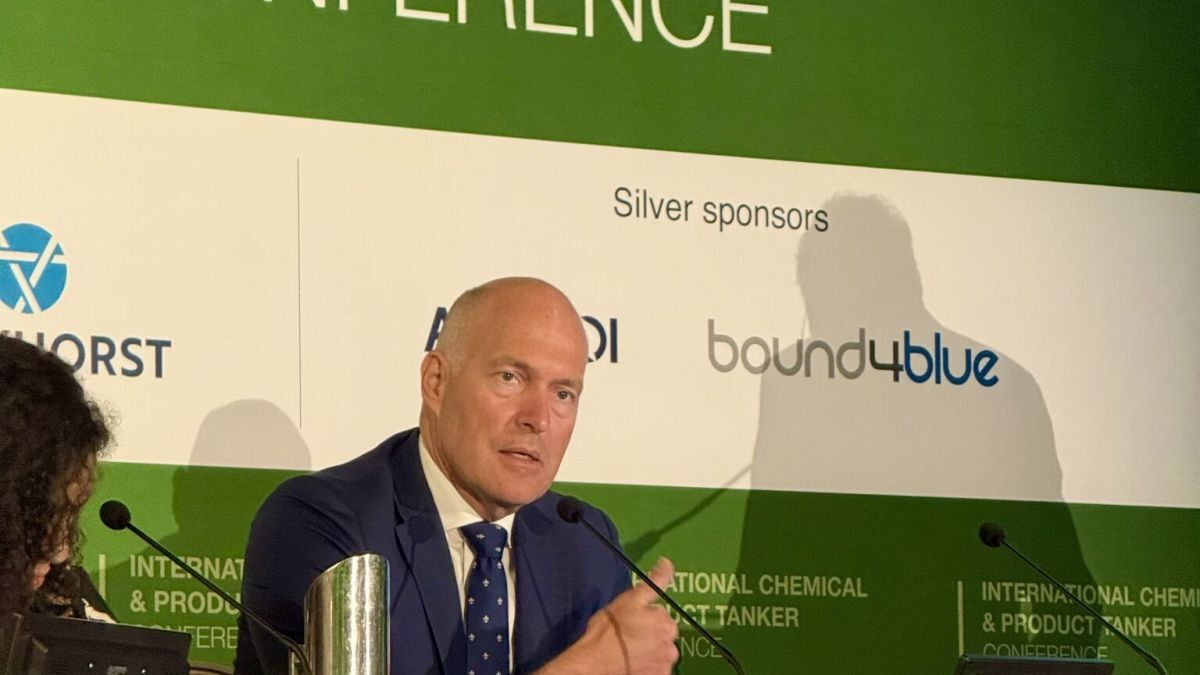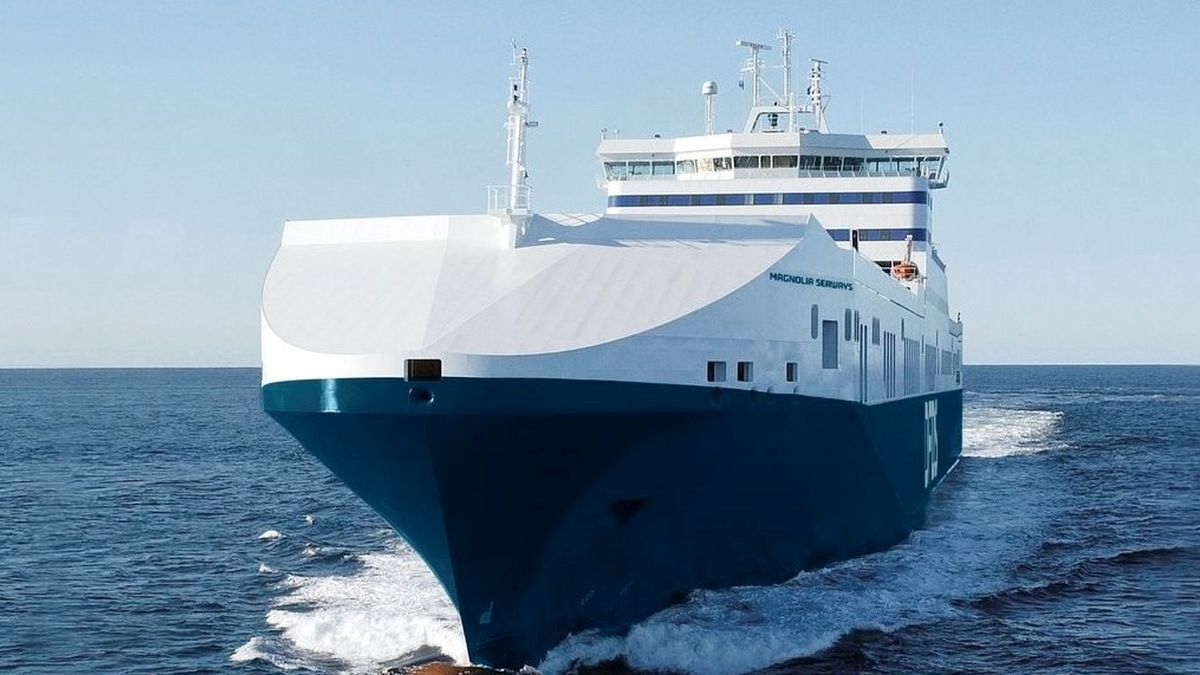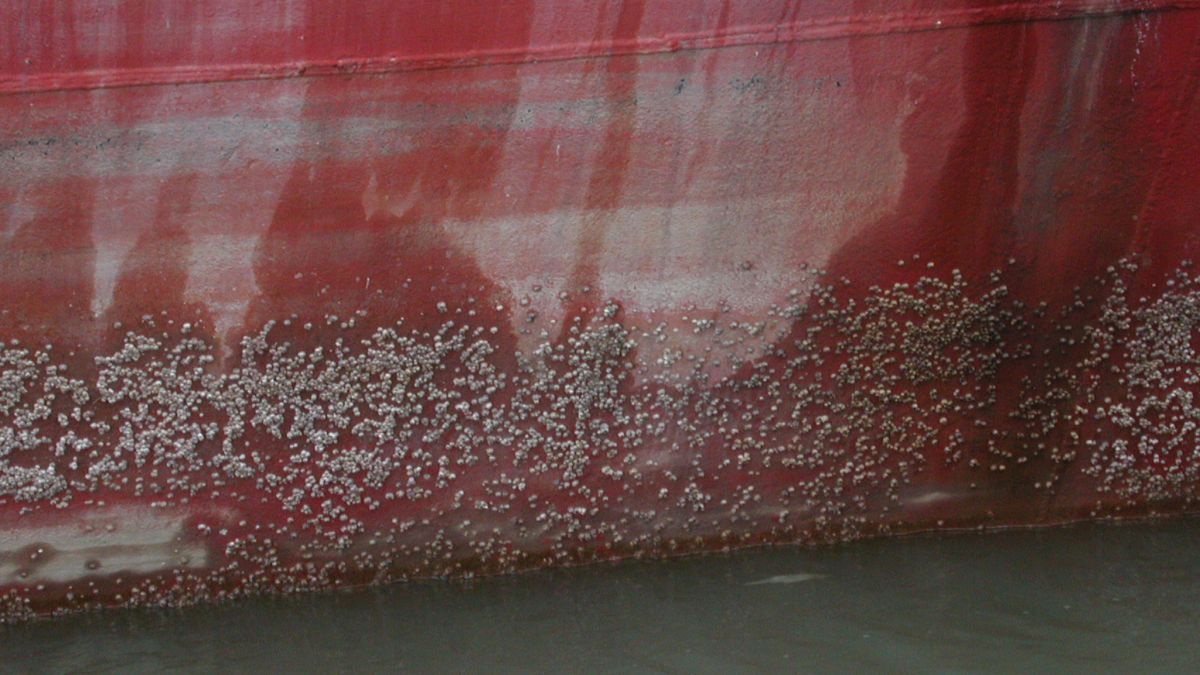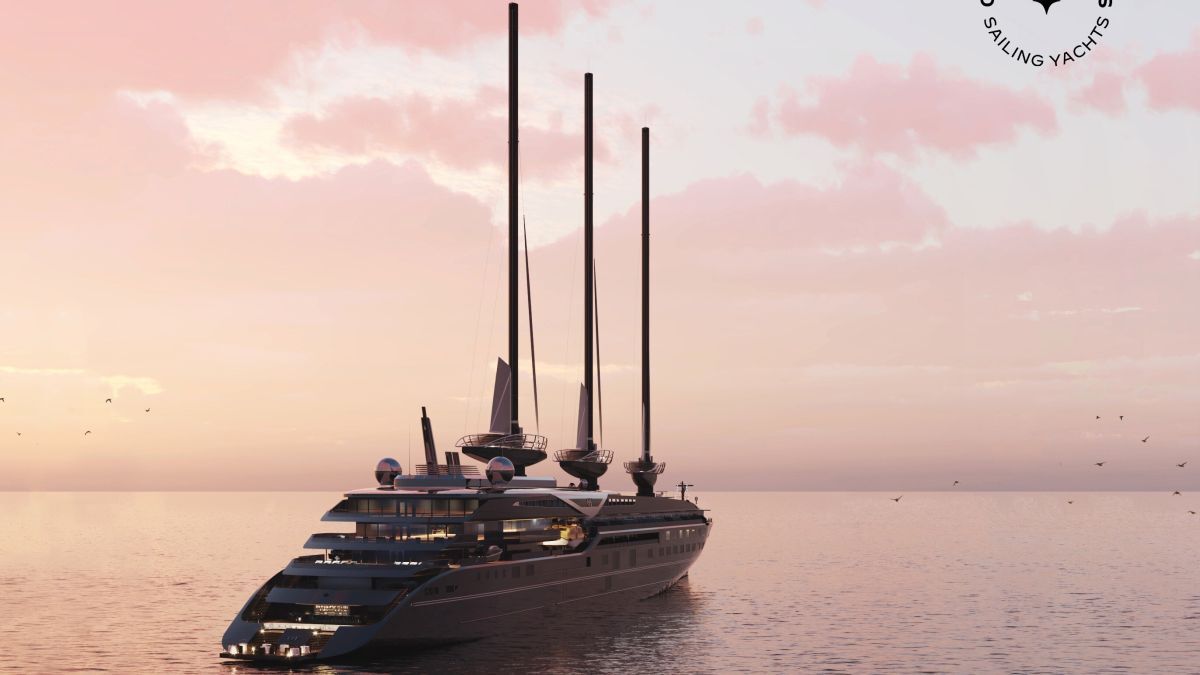Business Sectors
Events
Contents
Register to read more articles.
USCG final policy letter released
The US Coast Guard (USCG) has released the final policy letter that describes the process for submitting viability testing methods to the coast guard and explains the information needed to evaluate a testing method
Following the passing of the Vessel Incident Discharge Act of 2018 (VIDA), the USCG was required to describe type-approval testing methods, if any, for ballast water management systems (BWMS) that render organisms non-viable in ballast water and may be used in addition to the methods established in 46 Code of Federal Regulations (CFR) subpart 162.060.
The subsequent publication of the draft policy letter of July 2019 made it clear the USCG did not find any alternative methods and 38 submissions and comments were entered, most with evidence that methods, such as used for IMO type-approval, were available and scientifically proven.
The lack of progress on these issues and the time taken to revert left the ballast water treatment industry in a state of limbo, waiting for the USCG to provide some directions on its ruling.
The opening statements of the final policy letter make it clear the USCG has not changed its position.
First, the letter states that although the USCG under VIDA was asked to describe type-approval testing methods for BWMS that render organisms non-viable in ballast water, it is not going to do so in the policy letter.
Instead, “…this policy letter establishes the categories of information the coast guard deems necessary for the evaluation of viability testing methods on the basis of best available science and describes implementation of any accepted methods.”
The final policy letter establishes that the USCG is not going to entertain staining as a method, “The coast guard will not take into consideration any method that relies on a staining method to measure the concentration of organisms greater than or equal to 10 micrometers and organisms less than or equal to 50 micrometers.”
The reason given is “…the term ’stain’ is undefined in VIDA and is not consistently used in science to describe a specific scientific procedure.”
Another controversial aspect of the draft policy letter is the statement, “[a]t the time of [publication of the draft policy letter], the coast guard does not know of any type-approval testing protocols for BWMS that render organisms non-viable in ballast water that are based on best-available science.”
This drew many comments regarding the available literature on scientific procedures.
In the final policy letter, the USCG seeks to clarify its position, “…it is not that we are unaware of viability testing methods; rather we are unaware of viability testing methods that are based on best available science.” (USCG italics).
Other areas of confusion from the policy letter are also addressed: the USCG now makes it clear it will accept most probable number (MPN)-based methods.
The preamble for the final policy letter can be found here. The final policy letter in full can be found here.
Sign up now for the live Ballast Water Forum, Europe in Amsterdam on 17 May 2022.
Related to this Story
Events
Maritime Environmental Protection Webinar Week
Cyber & Vessel Security Webinar Week
The illusion of safety: what we're getting wrong about crews, tech, and fatigue
Responsible Ship Recycling Forum 2025
© 2024 Riviera Maritime Media Ltd.


